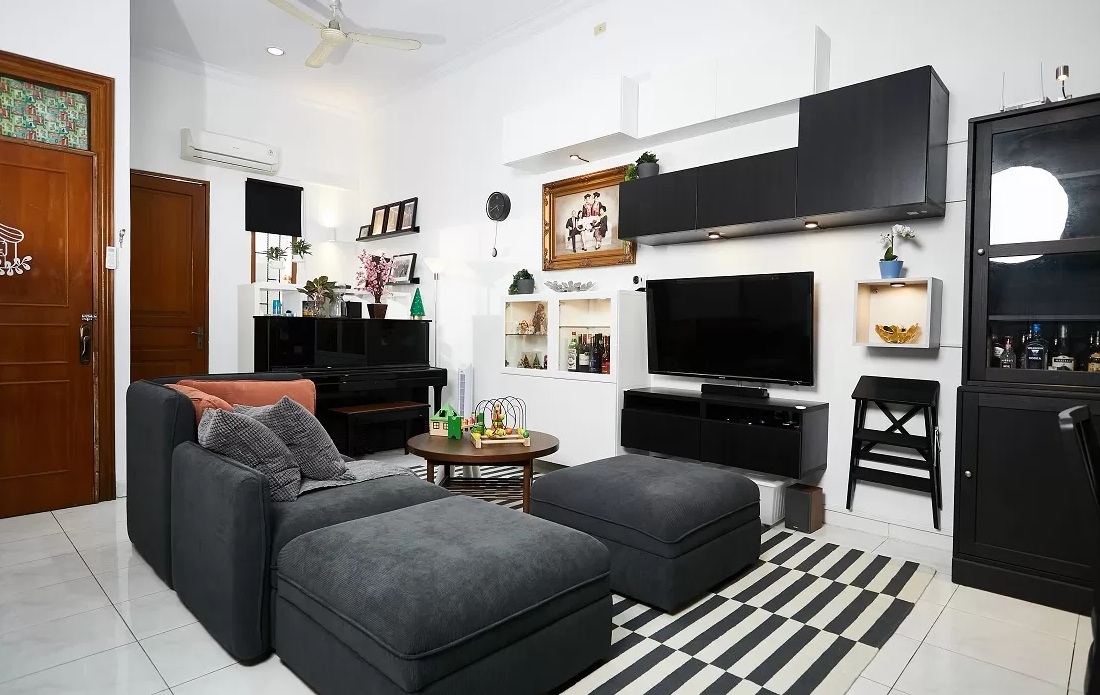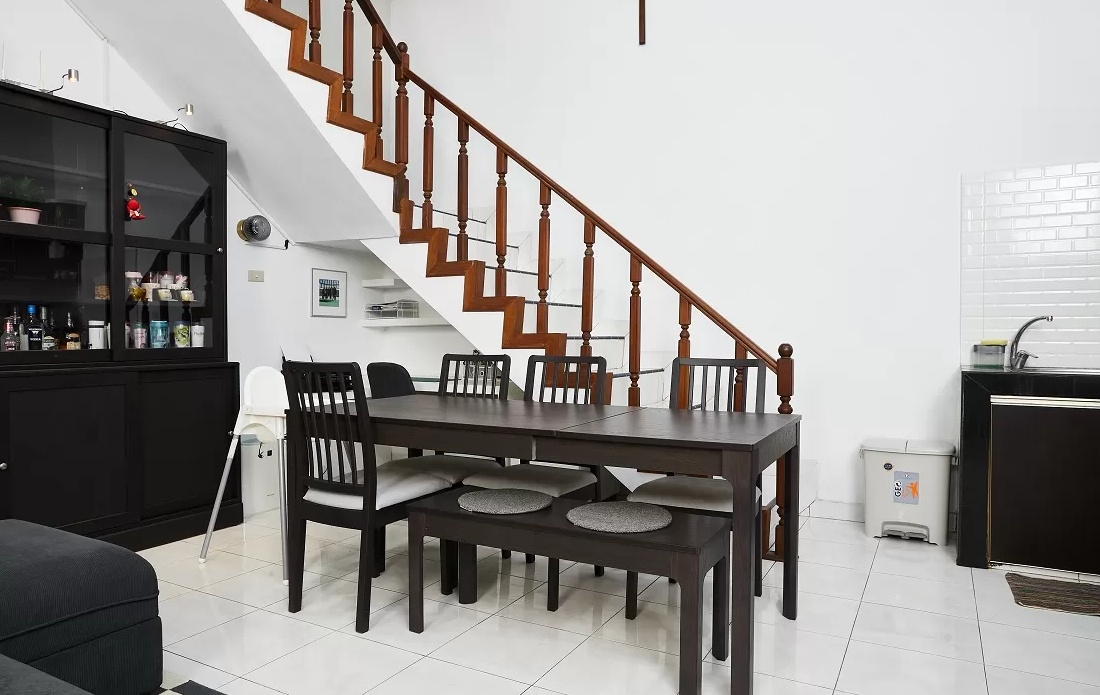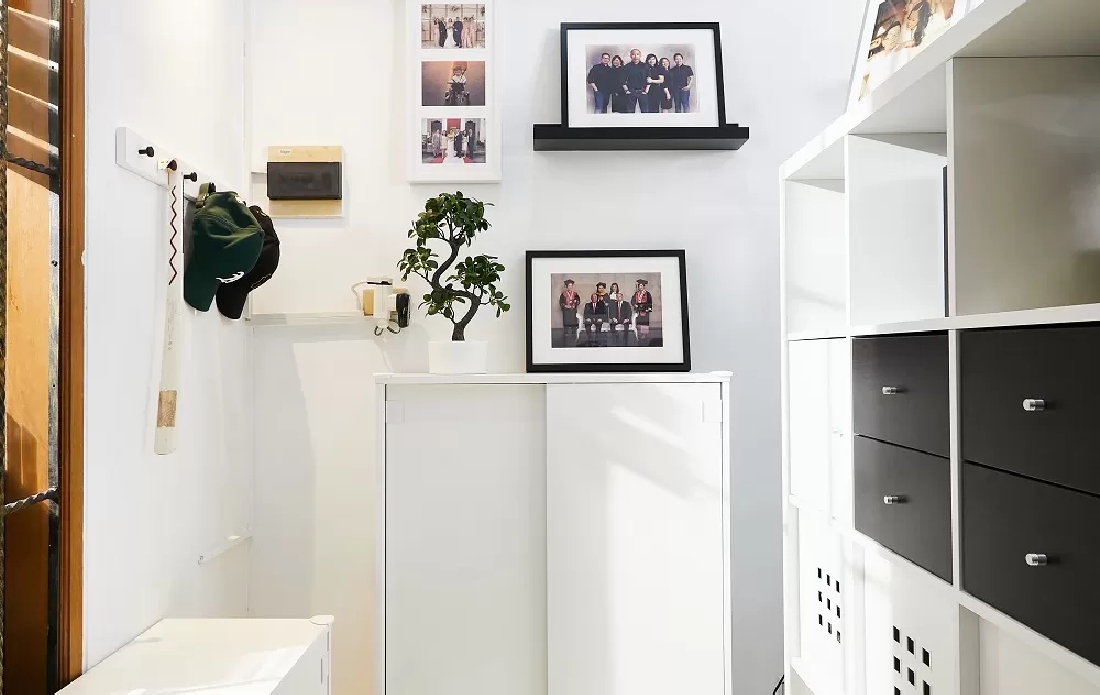Having a small living room doesn't mean sacrificing comfort or aesthetics. With the right minimalist design approach, a small living room can become a functional and stylish area.
This article explores the basic design principles for small spaces, furniture selection tips, and affordable yet high-quality IKEA product recommendations to help you create your dream living room.
Why minimalist design is perfect for small living rooms
Minimalist design offers a simple yet effective way to address space limitations. This style emphasizes function, clean aesthetics, and space efficiency. Therefore, it is ideal for small living rooms that aim to stay tidy, comfortable, and well-ventilated.
Basic principles of minimalist design
The "less is more" concept is the foundation of minimalist design. The focus is on function and simplicity-removing unnecessary elements so that each part of the space serves a clear purpose.
This approach creates a more open and organized space without sacrificing comfort or style.
Benefits of minimalist design for small spaces
Minimalist design is especially suitable for small living rooms, such as those in apartments or studio homes. Every square meter can be maximized for various functions without making the room feel cramped.
Neutral colors used in this design style also help create a calm and bright atmosphere.
Read also:
Guide to choosing a minimalist buffet cabinet for an aesthetic and functional living room
Principles for arranging a small minimalist living room
Arranging a small living room is not just about placing furniture. It requires strategies that consider function, aesthetics, and comfort. With the right approach, every corner can be maximized while ensuring good air circulation in the room.
Choose proportional and multifunctional furniture
Modular furniture from IKEA can be an ideal solution for small living rooms. With the right size and dual functionality-such as a sofa that also offers storage space-you can save space and increase utility without sacrificing aesthetics.
Use light colors and soft textures
Color palettes like white, cream, or light wood can create the illusion of a larger space. These neutral tones also make the room feel more comfortable and bright. Add soft textures like linen cushions or small rugs to enhance visual comfort without weighing down the space.
Optimize circulation and layout
Arrange the space based on main activities, such as seating and storage areas. Make sure circulation paths are clear, so the living room feels spacious and doesn't hinder daily movement. Functional layouts provide extra comfort for family or guest activities.
Furniture tips for small living rooms


